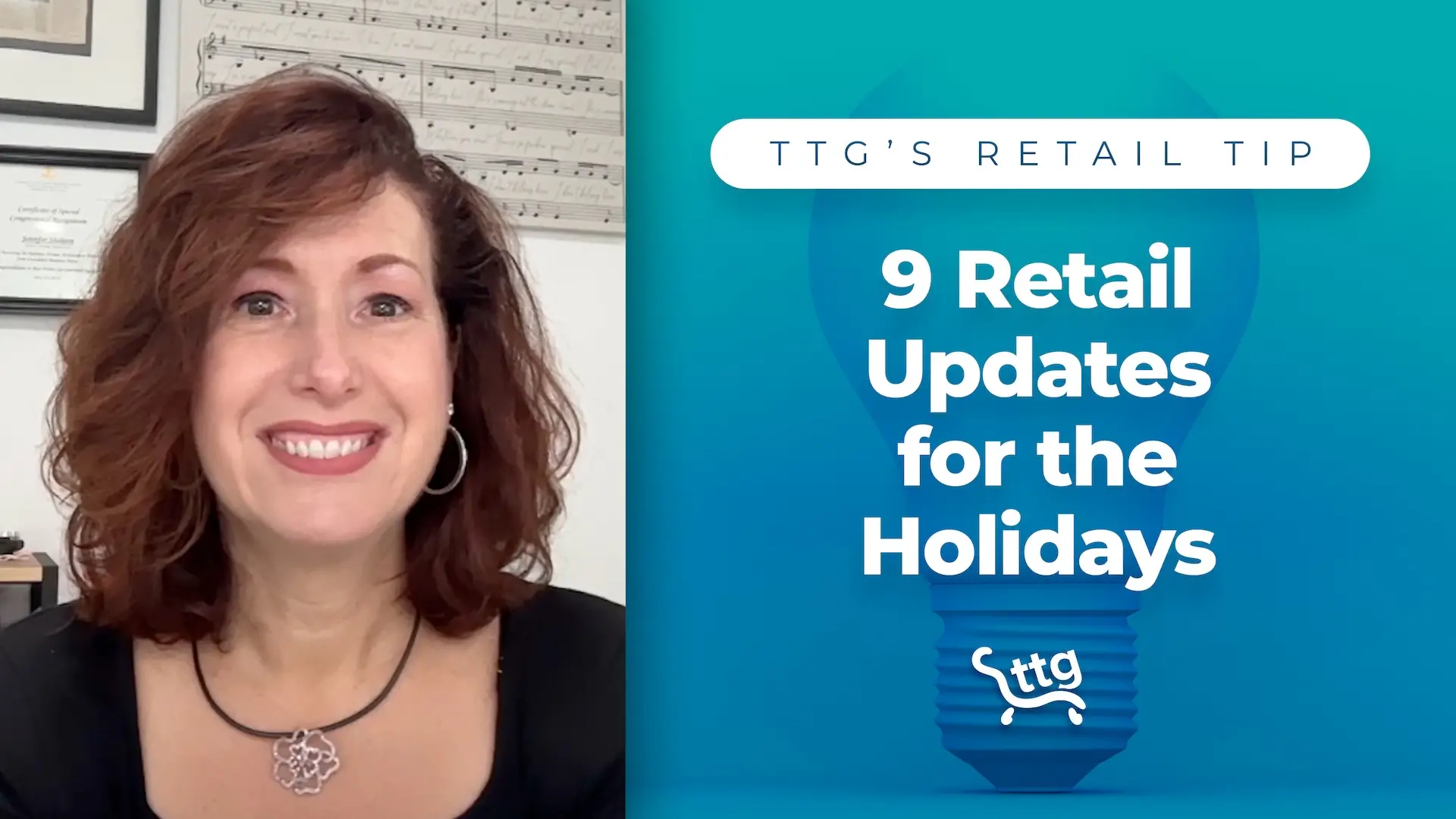How many times a day do you say “Ok Google…”? The odds are pretty good that that answer is more than zero. 41% of adults conduct at least one voice search a day, and that number is expected to increase as the number of wearable devices, smart speakers, smart cars, and other connected devices rise. Talking to devices has become mainstream behavior: more than half of users indicate they’ll conduct a voice search when they’re at home with their friends, and more than a quarter will do so in the workplace.
[Tweet “The only tool you have available to you to convey [your brand] is the language you use.”]
The shift to voice search will impact how people discover your business. It’s time to start thinking about how the public will interact with your brand without a screen being involved. This means the customer won’t see your logo or branding or imagery: the only tool you have available to you to convey your brand’s relevance and appeal is the language you use on your website.
The shift to voice search impacts every type of business. It doesn’t matter if you’re a B2B or a B2C brand – we know that search behaviors remain fairly consistent throughout a user’s day. Whether the research they’re doing is for personal or professional reasons is irrelevant. The tools and strategies that are put in place to access desired information stay the same.
When using voice search, people ask questions. Give them answers. Google uses a number of factors in determining which websites to source search inquiry replies from. Most answers are 29 words or less. Think about the type of questions a would-be customer would be likely to ask relevant to your type of business and integrate 20-29 word answers to those questions into your website copy. Be aware that research done by Deloitte Digital indicates most shoppers don’t search by brand name. You’ll want to structure your copy accordingly.




